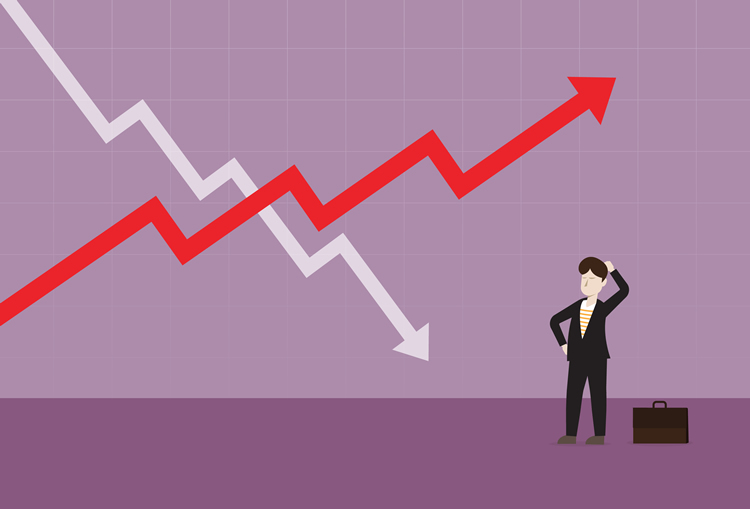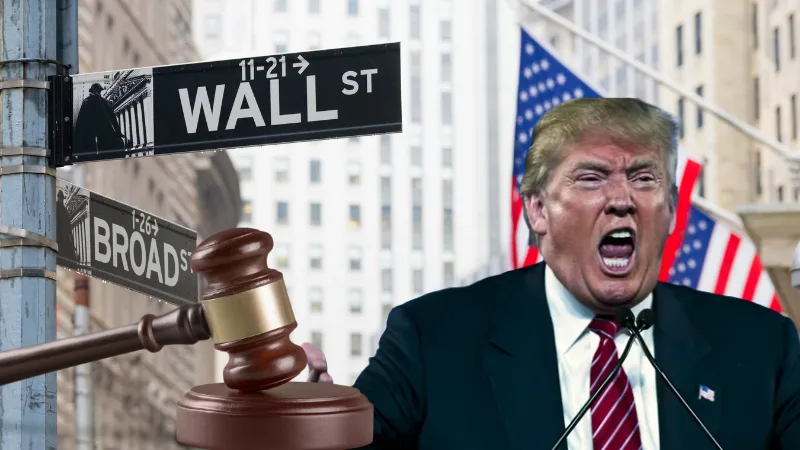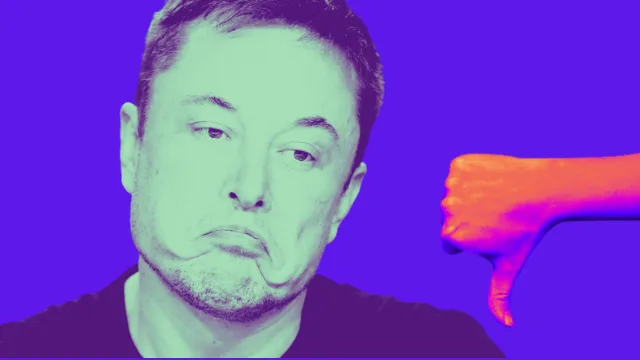In anticipation of comments from Fed Chairman Jerome Powell, traders positioned themselves slightly bullishly, pointing to an upward opening for stock index futures.
The Dow futures (INDU) increased by 0.1%, the S&P futures (SPX) by 0.2%, and the Nasdaq 100 futures (NDX:IND) by 0.5%.
Both the 10-year Treasury yield (US10Y) and the 2-year yield (US2Y) decreased by 5 basis points to 3.94% and 4.87%, respectively.
Little changed in terms of the dollar (DXY).
According to James Reid of Deutsche Bank, there was a “fresh bout” of yield curve flattening on Monday, and the Fed’s terminal rate hit a new closing cycle high of 5.476% in September.
A new post-1981 low of -93.5bps was reached by the 2s10s Treasury curve, according to him. “The 2s30s curve closed at -99.7bps, moving below -100bps for the first time since 1982.”
Powell travels to Washington, D.C., for the first of two days of congressional testimony and question-and-answer sessions, beginning with the Senate Banking Committee.
What do you believe you are doing? should be the question put to Fed Chair Powell, according to UBS Chief Economist Paul Donovan. “Powell has failed to clarify how hiking rates will address inflation driven by profits. It appears counterproductive to try to increase unemployment.”
Traders will be watching for evidence that the Fed might return to a 50 basis point hike at the next meeting, but they will probably be disappointed (or happy overreacting to hints in either direction). The probability of 25 bps is priced into Fed funds futures at 72%.
The central bank statement “should lose its prominence compared to the economic facts guiding it,” according to ING, given the Fed’s avowed data dependence. “Of course, there is a proviso that this assumes market players are accurately comprehending the Fed’s reaction function.”
“Investors shouldn’t be surprised if they are perplexed given the change in tone from late 2022 to early 2023. Whatever Powell says, we wouldn’t be shocked if markets decide that erring on the hawkish side is the best course of action given recent evidence. Even if we believe that dollar rates are excessive, we do not believe that today’s speech will serve as the impetus for a turnaround in the February Treasury sell-off.”





